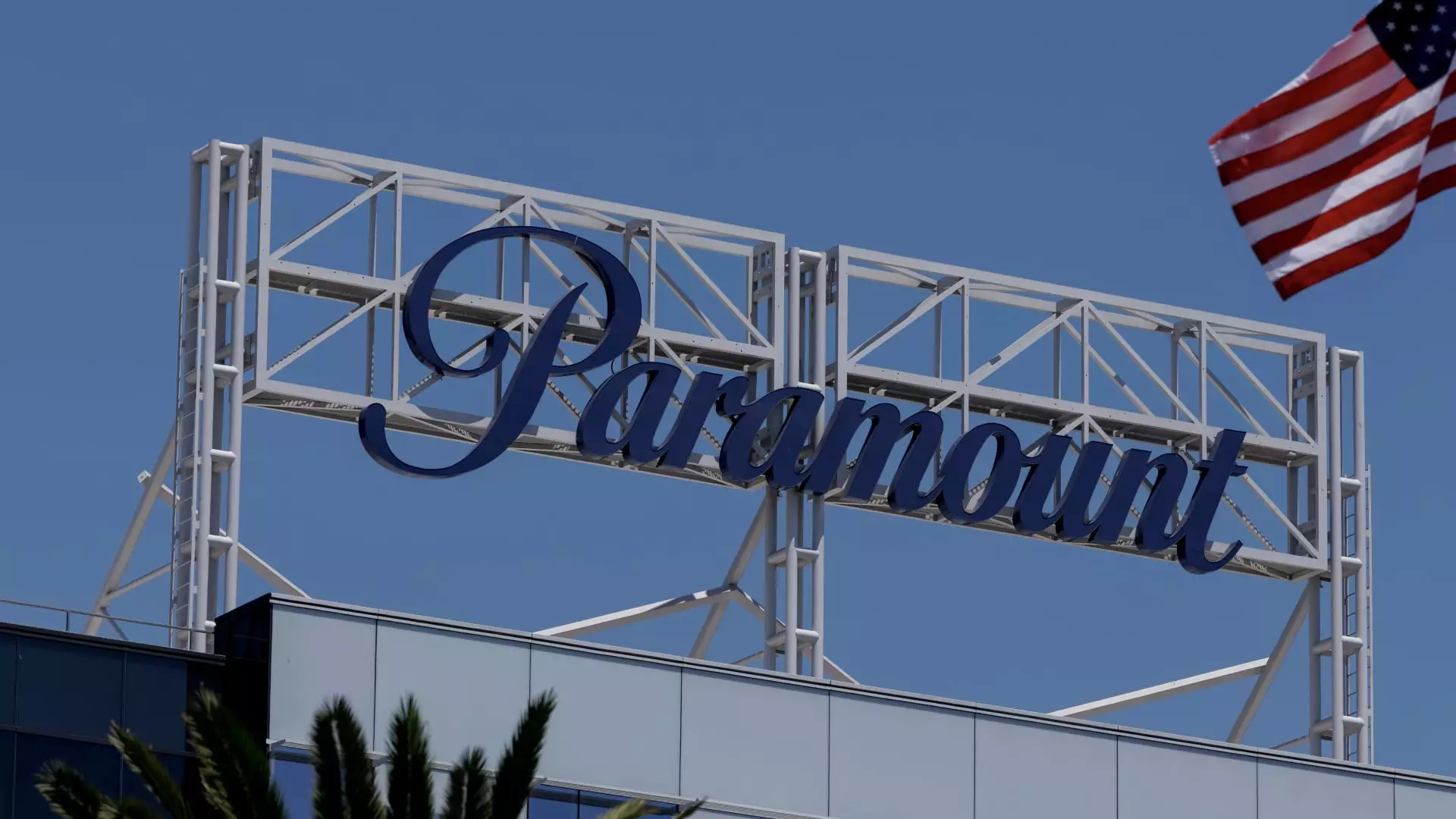In an era where markets are more volatile than ever, every midday turn of stocks reveals underlying worries and unwarranted optimism. Companies like Coty demonstrate the fragility of corporate confidence—despite beating revenue expectations, their share price declines sharply, illustrating investors’ skepticism about earnings quality and future prospects. Such reactions signal that even positive earnings surprises are not enough to alleviate fears stemming from macroeconomic headwinds, inflationary pressures, and geopolitical instability. This disconnect underscores a crucial point: markets today are driven less by fundamentals and more by sentiment and perceived resilience amidst uncertainty. As a cautious investor, recognizing this environment should prompt a more conservative approach, emphasizing quality over quantity and avoiding overexposure to volatile sectors.
Technology and Disruption: The Accelerated Power Play
The rally of high-profile tech plays like Hewlett Packard Enterprise reveals a subtle shift in market perception. When Morgan Stanley upgrades HPE to overweight, it’s not simply about the company’s upcoming earnings, but a nod toward technological resilience in a shifting landscape. Tech giants and enterprise service providers are increasingly seen as stable anchors in an otherwise uncertain economy—yet this meta-narrative often masks the underlying risks of overdependence on cyclical tech spending and disruptive innovation. As a center-right observer, I am skeptical of unchecked technological optimism. While technological leaders can be catalysts for growth, their valuation often reflects a flight-to-quality rather than real earnings sustainability. Investors should view these upgrades with a healthy dose of skepticism, questioning whether they are justified by fundamentals or driven by a need to chase safety in turbulent waters.
Consumer Staples and Retail: Shifting Dynamics and Hidden Challenges
Retail and consumer-focused companies like Walmart and Cracker Barrel highlight contrasting narratives in today’s market. Walmart’s modest decline despite beating revenue estimates reveals the tangled nature of inflation, rising tariffs, and consumer spending patterns. Despite raising future estimates, the company’s margin pressures suggest that the consumer sector remains strained, and profits could erode further if costs continue to escalate. Conversely, Cracker Barrel’s plunge following a branding update underscores how social media-driven criticism can disproportionately impact established brands. This points to a broader trend: consumer confidence is fragile, and any perceived misstep—be it branding, pricing, or product quality—can lead to swift stock declines. A prudent approach involves skepticism about growth narratives that overlook the structural headwinds faced by retail giants, especially as inflation erodes profit margins and consumer preferences evolve.
Specialized Sectors: The Promise and Peril of Niche Markets
Niche sectors like adhesives, coatings, and real estate investment trusts are illustrating resilience amid broader economic headwinds. Nordson’s positive earnings reaction suggests that some industrial sectors could act as safe havens, given their ability to outperform expectations and guide positive outlooks. Similarly, Broadstone Net Lease’s upgrade indicates that certain real estate assets, particularly those with strong development pipelines, can serve as reliable income vehicles. Nonetheless, these sectors are not immune to macroeconomic shocks or rate hikes that can threaten long-term growth and stability. Investors willing to bet on these markets must critically assess whether these companies have sustainable competitive advantages and not merely rely on short-term earnings tricks.
The Rise and Fall of Internet Services: A Cautionary Tale
The modest decline of Maplebear (Instacart) signals the growing challenges faced by delivery and gig economy companies. Despite initial optimism surrounding convenience and market share, expert downgrades and increased competition highlight how rapidly the sector can become commoditized. The shift in analyst sentiment demonstrates that crowding in popular but highly competitive markets often leads to diminishing returns. For the typical investor with center-right leanings, this serves as a reminder: high-growth stories are inherently risky, especially as regulatory and competitive pressures intensify. Fancy promises of market dominance often hide thin margins and unstable financials.
In sum, today’s market underscores a fundamental truth: despite technological advances and corporate optimism, economic realities remain precarious. As a center-right liberal investor, my stance is that prudent skepticism and disciplined analysis are more vital than ever. While some sectors show promise, they operate within a fragile ecosystem shaped by inflation, tariffs, and shifting consumer behaviors. The recent headline swings reveal more about market psychology than actual business strength. Recognizing these patterns allows us to avoid herd mentality and confront the inherent risks with a strategic, balanced approach, anchored in realism rather than wishful thinking. Market stability remains elusive, and only through vigilant scrutiny can investors hope to navigate these turbulent times successfully.

